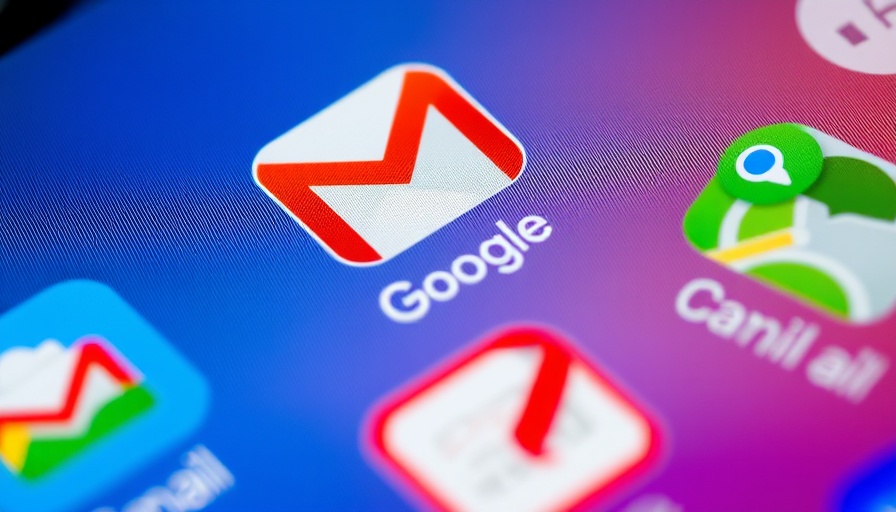
Revolutionizing Email Communication in the Digital Age
Imagine never having to worry about managing your email again. Google is taking steps to make this dream a reality with its upcoming AI-powered email assistant. Set to transform how we handle our daily communications, this tool is designed to generate responses that mimic your unique writing style, making it feel like a digital extension of you.
During a recent presentation at SXSW London, DeepMind CEO Demis Hassabis shared insights about this innovative tool. He expressed the desire for a next-generation email experience, stating, “I would love to get rid of my email. I would pay thousands of dollars per month to get rid of that.” Such bold claims reflect the overwhelming nature of inbox overload in today's fast-paced digital environment.
Understanding the Benefits of AI in Personal Communication
AI's role in daily communications is becoming increasingly pertinent, especially as our lives become more interconnected through various digital platforms. This new tool from Google endeavors to identify essential emails and draft responses that not only reflect your tone but also uphold your writing preferences. This means less time spent agonizing over how to reply and more time for the things you enjoy.
In a world where nearly 300 billion emails are sent daily, simplifying and personalizing email communication could bring significant relief to users. By addressing what Hassabis calls “bread-and-butter emails” through AI, this system promises a lighter, more manageable approach to email management.
The Emotional Connection in Effective Communication
Emotion plays a vital role in communication. In everyday interactions, the tone and context can drastically affect responses. This AI tool aims to master those nuances, allowing users to maintain their emotional professionalism while freeing them from the burdens of menial tasks.
Imagine having someone—a smart assistant—handle simple replies, allowing you to focus on more critical personal or professional engagements. Such innovations can enhance user well-being by reducing stress and promoting healthier communication patterns.
Looking Ahead: The Future of Email Management
This groundbreaking technology reflects a broader trend in AI, where the focus has shifted towards easing daily burdens rather than just solving large-scale global issues. As AI tools continue to evolve, they’re poised to enhance our engagement in personal connections, improve accessibility, and ultimately enhance our quality of life.
The question remains: will we trust an AI with our voice and tone? Although technology can feel impersonal, the integration of AI that understands and replicates our style may bridge the gap between technology and genuine Human connection. This could set the stage for even more personalized future interactions.
Actionable Insight: Maximize Your Email Efficiency Today
Technology can serve as a beneficial tool when navigating the complexities of modern communication. As we prepare for the rollout of Google’s AI tool, users can begin implementing strategies to improve email management now—like deduplication, sorting, and scheduling responses—before the technology does the heavy lifting.
For those eager to stay ahead in the world of communication management, it might be worth exploring AI assistant tools available today. Using solutions such as AI-driven templates can get you closer to managing emails efficiently.
If you want to step into the future of email without leaving a trackable trace, discover how you can bypass ANY AI Detector and keep your communications under wraps with Prompt 2 Human.
 Add Row
Add Row  Add
Add 




Write A Comment